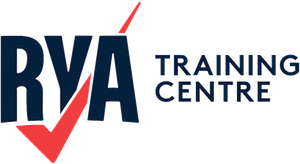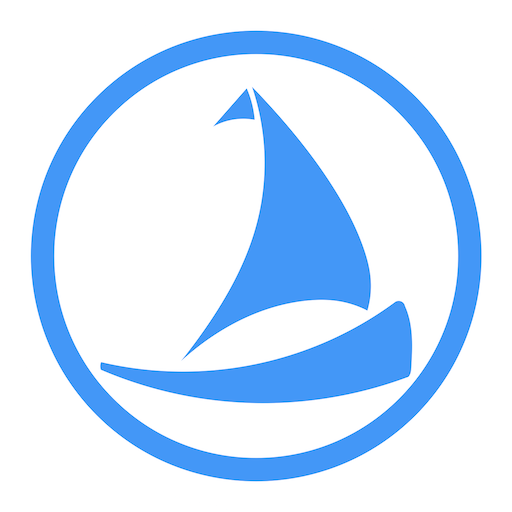Rigging
The system of ropes, cables, chains, and other apparatus used to support and control the sails and masts of a sailing vessel.
Rigging is essential to any sailing vessel, enabling the crew to manipulate the sails to harness wind power for propulsion. There are two primary categories of rigging: standing rigging and running rigging. Standing rigging consists of fixed lines, such as shrouds and stays, which provide structural support to the masts and keep them upright. These lines are typically made of wire or other strong materials and are not adjusted during regular sailing. The shrouds run from the vessel’s sides to the mast, while the stays run fore and aft, helping to stabilise the mast in all directions.
On the other hand, running rigging includes lines that are actively adjusted during sailing to control the sails. This category includes halyards, sheets, and control lines. Halyards hoist and lower sails, while sheets control the angle of the sails relative to the wind. Control lines, such as outhauls and downhauls, fine-tune the shape and tension of the sails for optimal performance.
The rigging of a vessel is highly dependent on the type of sailboat and its rig configuration. For example, a sloop, one of the most common sailboats, typically has a single mast with a mainsail and a headsail (such as a jib or genoa). The rigging on a sloop includes stays to support the mast, halyards to raise the sails, and sheets to control them. In contrast, a ketch or yawl has two masts, and the rigging is more complex to accommodate the additional sail area.
Materials used in rigging have evolved. Historically, natural fibres like hemp were used for ropes, while wooden blocks and iron fittings were common. Modern rigging often uses synthetic fibres such as Dyneema or Spectra for running rigging, which are lightweight, strong, and resistant to stretching. Standing rigging is often made from stainless steel wire or rod, providing excellent strength and durability.
Proper rigging maintenance is crucial for a sailing vessel’s safety and performance. Over time, wear and tear from the elements, such as saltwater, UV exposure, and mechanical stress, can weaken the rigging components. Regular inspections, adjustments, and replacements are necessary to ensure that the rigging remains in good condition and that the vessel can be sailed safely and efficiently.
In summary, rigging is the intricate system of lines and hardware that allows sailors to control the sails and maintain the structural integrity of the masts. It plays a vital role in the operation of a sailing vessel and requires careful attention to detail in both design and maintenance.

